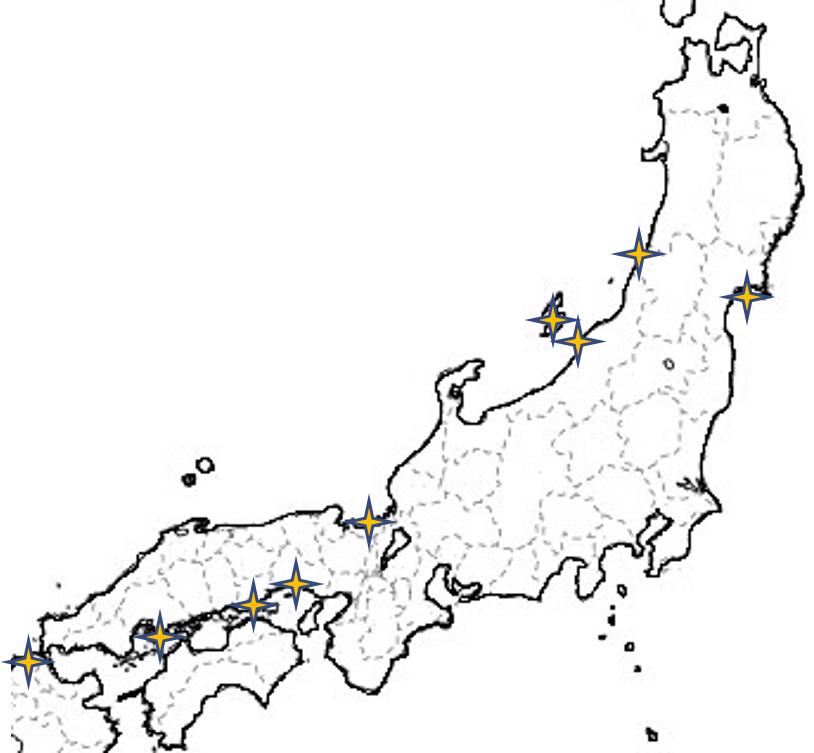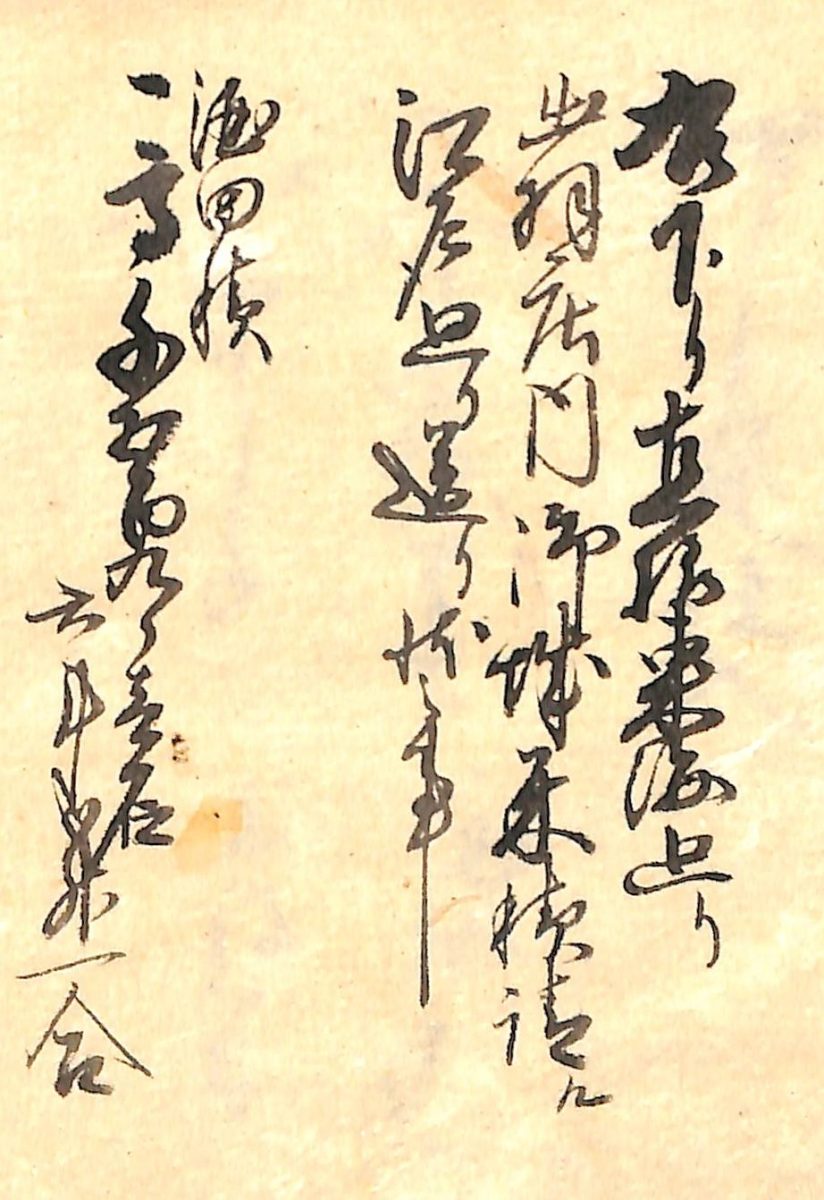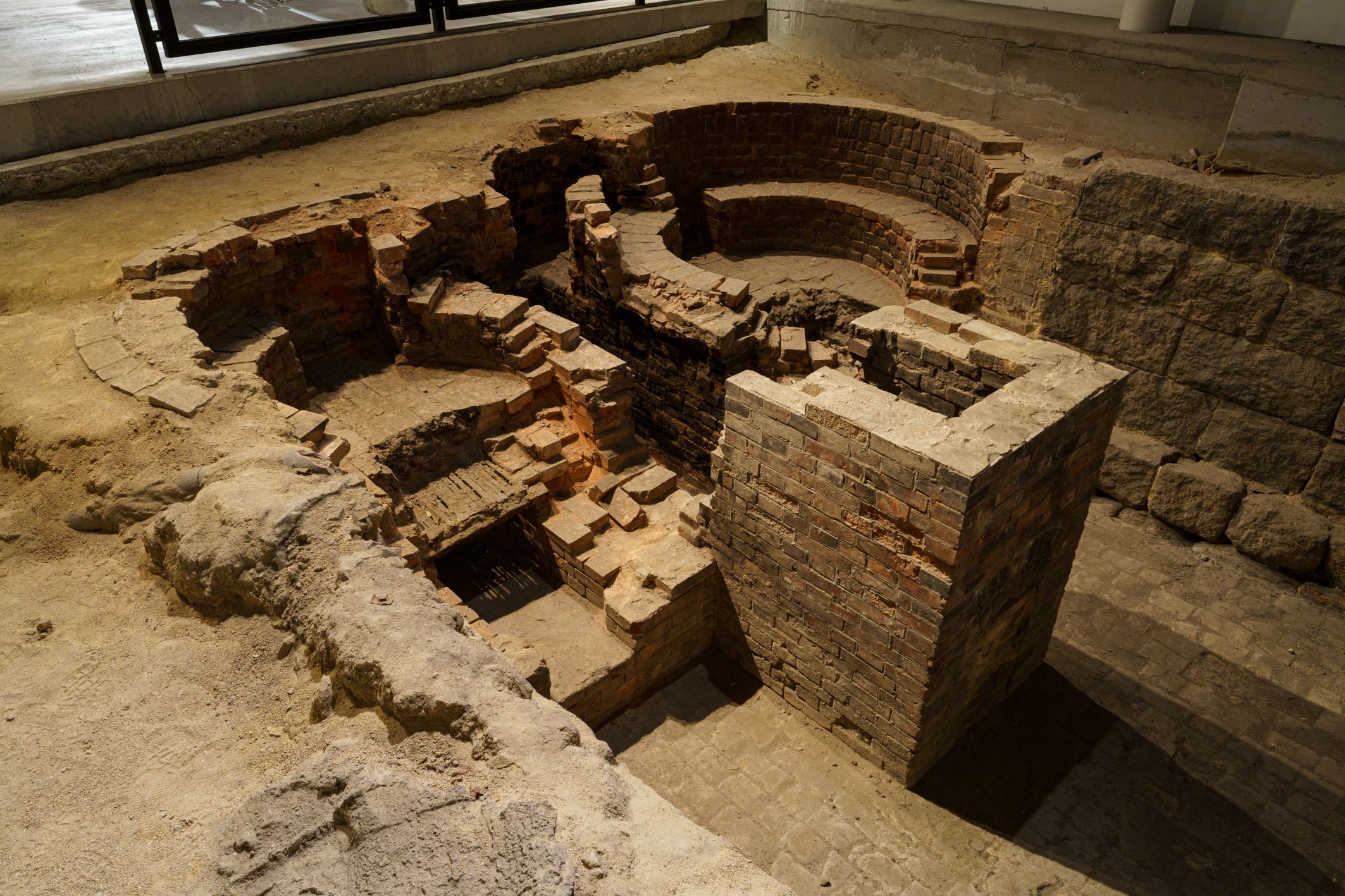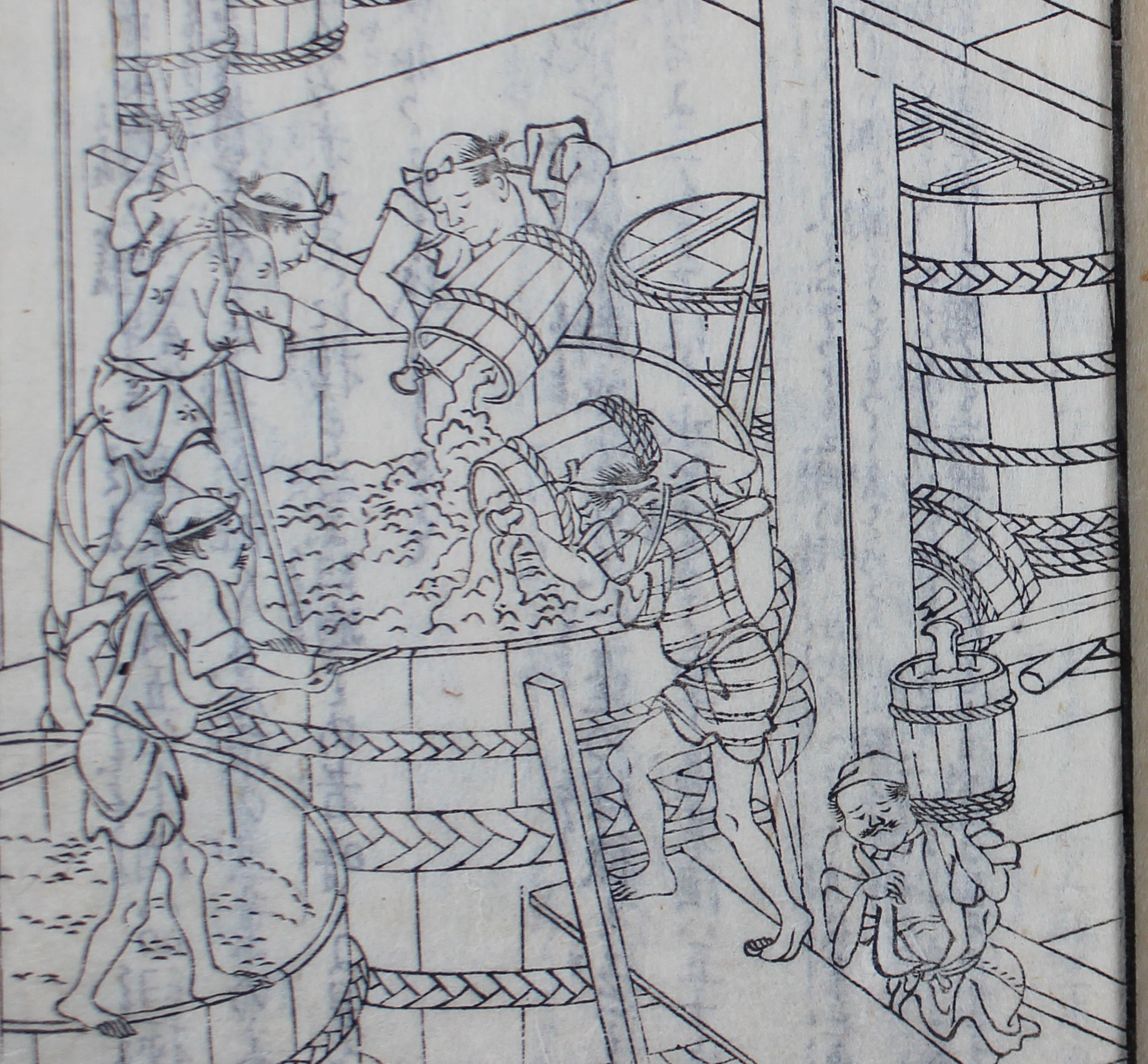Hello! We hope you are enjoying the rainy season. In the Kansai region where the Sake Museum is located, the rainy season usually ends (ushering in the beginning of summer) around Marine Day (a national holiday on the third Monday of July). In connection with Marine Day and the ocean, and in continuation from last month, we would like to share more about the tarukaisen cargo vessels which transported sake from Kamigata (Kyoto and vicinity where the Emperors resided) to Edo (present-day Tokyo).

Historical documents show that the annual operation rates fluctuated depending on the season. Operation increased mainly in spring and autumn in connection with the sake market trends. In Edo, demand for sake greatly increased in the cold winters. In some of the historical letters written by sake wholesalers in Edo and addressed to Kamigata sake brewers, the wholesalers expressed delight when the temperatures dropped. Conversely, sake sales in summer were slow due to lower demand. Moreover, sake spoiled easily in warmer temperatures, and thus quality control was difficult in summer. Incidentally, there was a custom called “tsumikiri“, which was to pause the transportation of sake from December until the following spring, when the race of tarukaisen cargo vessels carrying new sake was held (mainly in February and March). Sake was rarely transported by tarukaisen in winter.

How then were tarukaisen utilized in summer and winter? Historical documents show that tarukaisen transported items other than sake; the main goods being rice owned by the Edo shogunate. The shogunate needed to collect tribute rice from its fiefs across the country in Edo and Osaka, but the shogunate did not own large transport ships. Therefore, the shogunate outsourced the work to tarukaisen, the sturdiest and most reliable cargo vessels at the time. Tarukaisen owned by Tatsuya Kichizaemon, a sake brewer in Nishinomiya, traveled as far as Sado and Echigo provinces (present-day Hokuriku region including Niigata, Toyama, Ishikawa and Fukui prefectures) to transport tribute rice. Occasionally feudal lords’ cargo was transported as well, as they also needed to transport the rice that was harvested in their fiefs (in addition to the rice for tax) to Osaka and Edo to exchange for cash.


The biggest advantage for transporting items other than rice was the revenue. The earnings for transporting sake was usually low, as the rate was decided and standardized during a meeting of Kamigata sake brewers. Because of this, the operation of tarukaisen could not be sustained solely by the transportation of sake. Therefore, the tarukaisen owners tried to stabilize their business by accepting cargo from the shogunate and feudal lords at relatively high freight rates during summer and winter, when demand for sake transportation was low. However, even though tarukaisen were the largest and sturdiest cargo vessels of the time, they were wooden vessels, and accidents often occurred on unfamiliar routes. Thus, it was a risky side business.
We hope to continue to write more posts on tarukaisen – including topics of management and accidents. Summer is coming and it’s getting hot, so please take care of yourself and enjoy the season. Please look forward to the next article.







Please look at bricks used in kamaba!